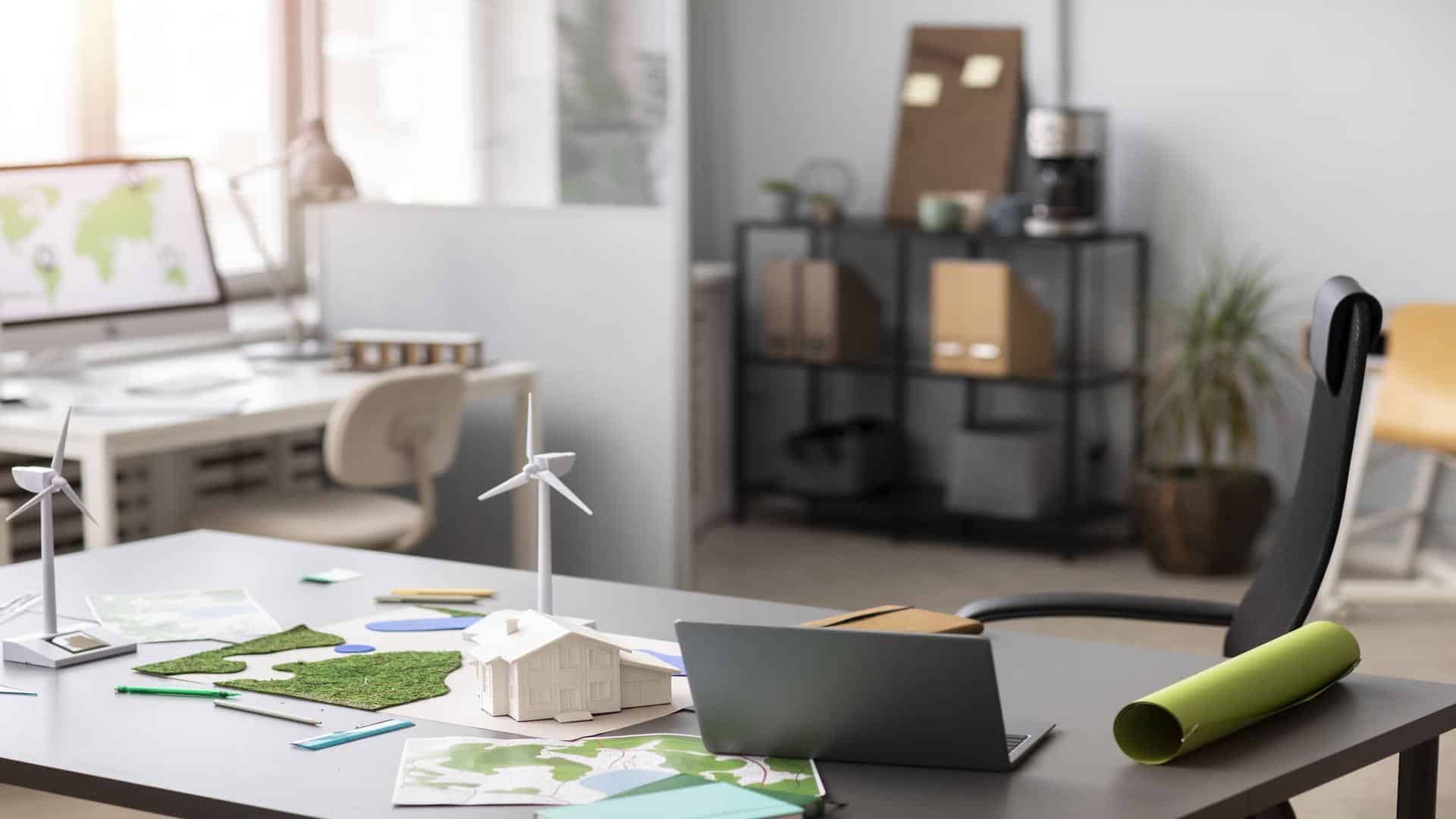Carbon monoxide (CO), also known as CO, is a toxic gas that is colourless, odourless and non-irritating, but extremely lethal when present in high concentrations. This toxic gas results from the incomplete combustion of fuels such as natural gas, coal, wood, propane, oil and petrol. There are many sources of carbon monoxide, from heating appliances and combustion engines to industrial vehicles and equipment. Exposure to CO can quickly become a major health risk in indoor environments.

Published on 21 January 2025
WHITE BOOK - Carbon Monoxide (CO)
Carbon monoxide, a subject not to be neglected
Carbon monoxide is a gas that spreads rapidly through indoor air, highlighting the importance of understanding the risks associated with its concentration. When inhaled, this toxic gas enters the lungs and binds to haemoglobin in the blood, reducing oxygenation of the body. This reduction in oxygen can lead to serious symptoms, such as headaches, dizziness, excessive fatigue and, in extreme cases, death. Carbon monoxide pollution poses a health risk to anyone exposed to it, particularly in poorly ventilated homes or premises.
Carbon monoxide poisoning generally occurs following prolonged exposure to this toxic gas. The initial symptoms of poisoning may be mild, but they quickly become more serious if exposure persists. The risks are increased when heating systems or combustion appliances are not properly maintained.
Carbon monoxide poisoning frequently occurs when using heating appliances, combustion systems or in poorly ventilated environments. It is therefore crucial to take appropriate preventive measures to avoid exposure.
The right gestures to adopt
The main sources of carbon monoxide poisoning are appliances such as water heaters, heating systems, fireplaces and thermal combustion generators. To limit exposure to this toxic gas, it is essential to adopt preventive practices.
- Install a carbon monoxide alarm in critical areas of your home or workplace to detect any presence of toxic gas.
- Call in a professional to install fuel-burning appliances and carry out regular maintenance of your installations to avoid poisoning.
- Never use fuel-burning appliances indoors if they are designed for outdoor use, especially petrol, coal or propane generators.
- Check heating systems regularly, especially before winter, to ensure complete combustion and avoid any build-up of carbon monoxide.
- Follow the instructions for using appliances to prevent poisoning.
Find out how to minimize CO
The best way to minimise the risk of carbon monoxide poisoning is to constantly monitor the concentration of this toxic gas. Preventive measures such as installing a carbon monoxide alarm, regular maintenance of heating appliances and proper ventilation of your home are essential to ensure a healthy environment.
Combustion appliances must be used with care to avoid creating pollution or excessive levels of carbon monoxide. In indoor environments, ventilation is essential to maintain a sufficient concentration of oxygen and avoid the build-up of toxic gases.
If poisoning is suspected, it is crucial to act quickly. Ventilate the area immediately, opening windows and removing exposed people. In the event of serious symptoms, contact emergency services.
Prevention first and foremost
To sum up, preventing carbon monoxide poisoning involves monitoring the concentration of this toxic gas, maintaining combustion appliances and installing a carbon monoxide alarm. Never underestimate the risks associated with this invisible, odourless gas, as prolonged exposure can have serious health consequences. Take simple steps to ensure an oxygenated, safe and pollution-free environment in your home or workplace.
To guarantee your safety and that of your loved ones, it's essential to put in place a prevention plan, including regular checks on your installations and the use of a carbon monoxide alarm.
This news may interest you
Nexelec's news
